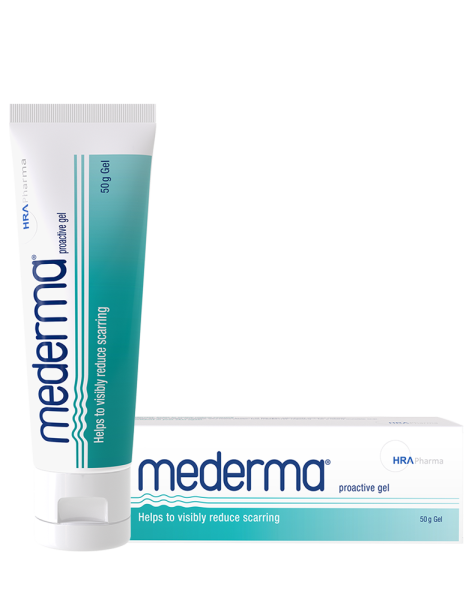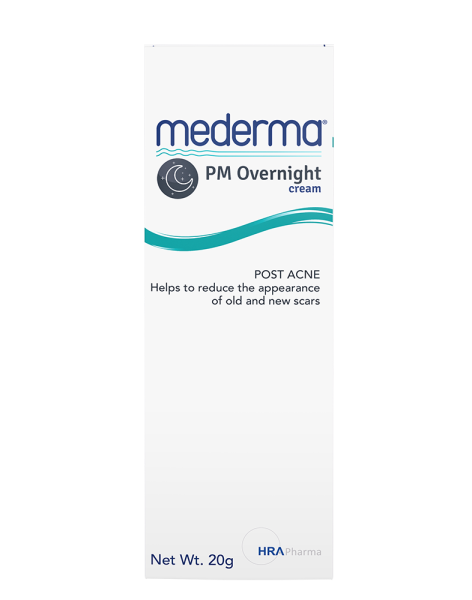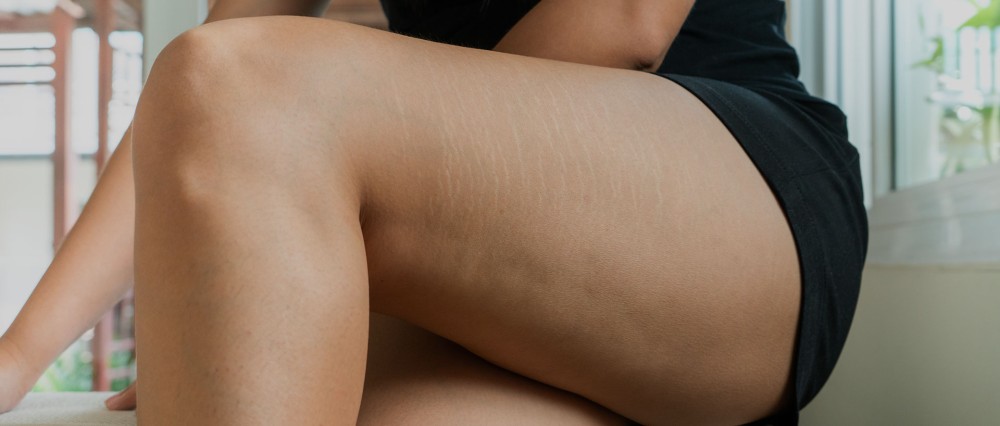皮膚是身體最大的器官,也是與環境接觸最多的器官。這就是為什麼在你生命中的某個時刻,你的身體很可能會暴露在高溫、紫外線或化學物質中,從而導致灼傷、曬傷和疤痕。燒傷疤痕與其他疤痕不同。
- 燒傷按嚴重程度分類
- 二度和三度燒傷會留下燒傷疤痕
- 燒傷疤痕甚至會影響關節的活動
- 好好護理你的皮膚,防止曬傷
內容:
- 我怎麼會有燒傷疤痕?
- 燒傷疤痕與其他疤痕有什麼不同?
- 灼傷的疤痕
- 曬傷護理小貼士和事實
我怎麼會有燒傷疤痕?
由於你的皮膚是身體最容易暴露的器官,燒傷是相當常見的。燒傷按程度分為3組:
- 一級燒傷,
- 二級燒傷
- 三度燒傷。
程度越高,燒傷越嚴重。根據燒傷的嚴重程度,你可能需要去看醫生或急診室。
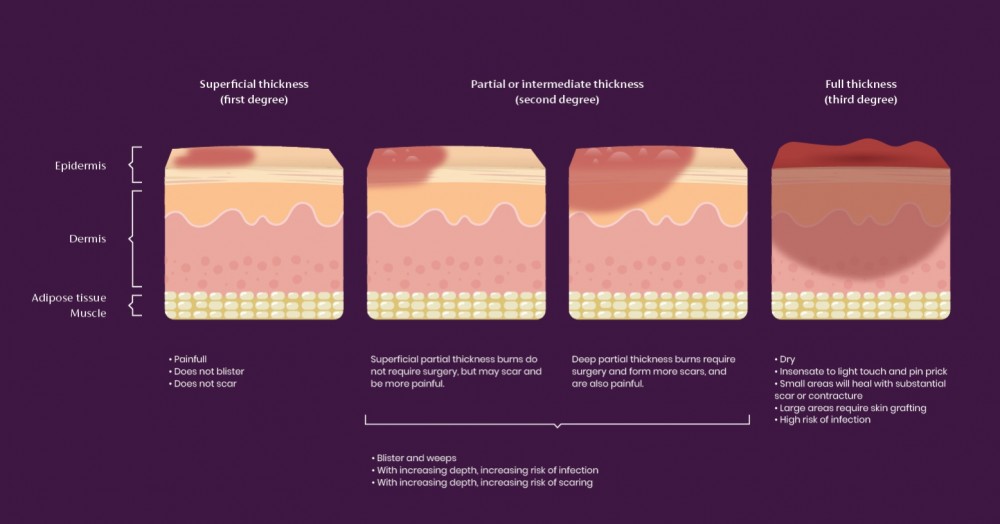
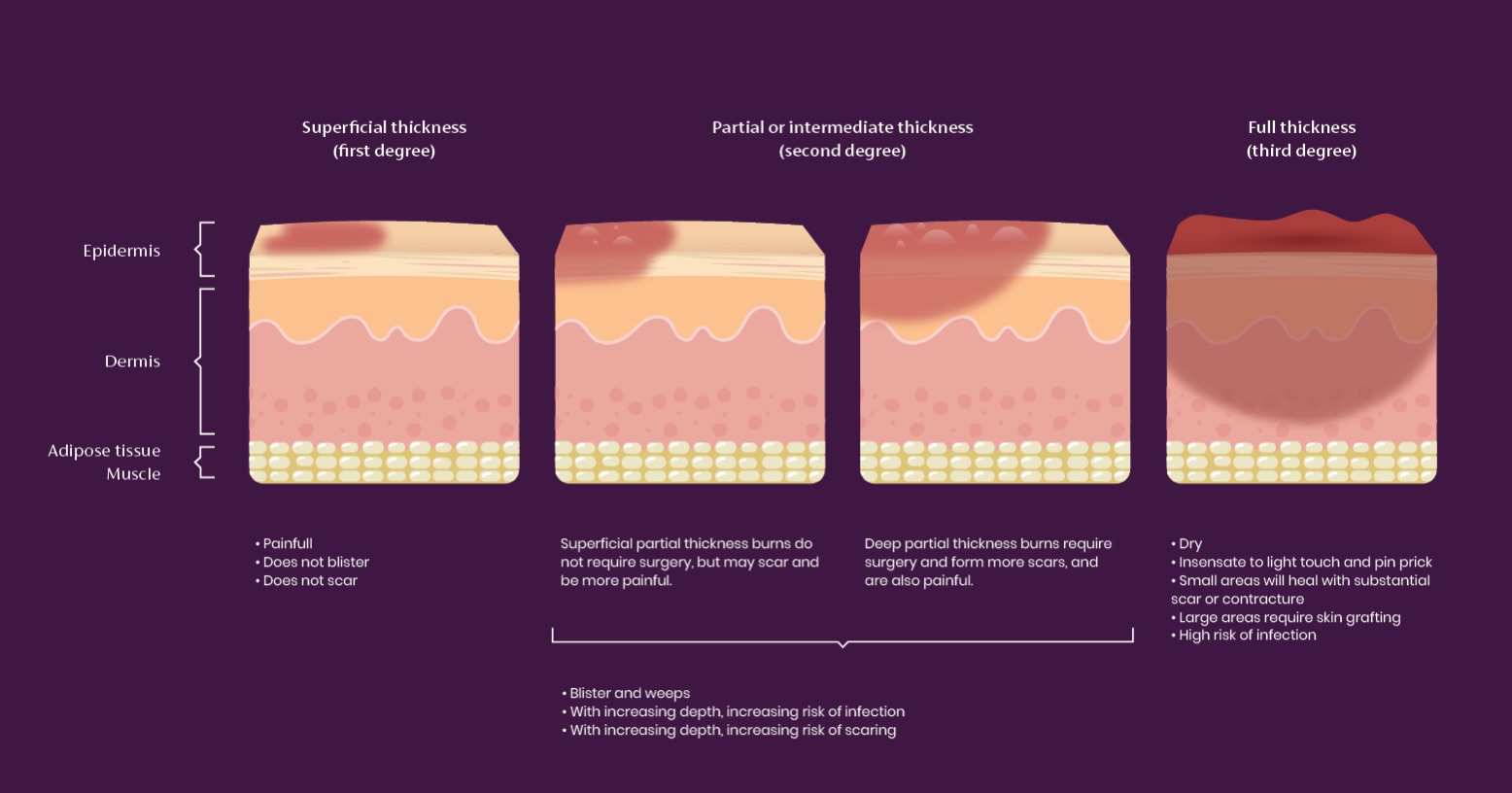
一次燒傷不太可能在皮膚上留下任何疤痕,因為它們只影響表皮。另一方面,二度和三度燒傷會影響真皮,從而增加瘢痕形成的機會 [1–3]。
因此,儘快對燒傷的皮膚進行適當的護理是很重要的。你的醫生或護士可能會選擇使用特殊的燒傷膏或藥膏和適當的敷料[4].。
對於嚴重燒傷,不可能完全防止燒傷瘢痕的形成,因為燒傷創面容易形成肥厚性或瘢痕疙瘩 [5]。如果燒傷發生在受張力影響的區域,如關節,可能會導致所謂的攣縮疤痕,可能導致活動受限 [6,7]。
燒傷疤痕與其他疤痕有什麼不同?
根據其位置和嚴重程度,燒傷疤痕比其他類型的疤痕更有可能變成肥厚性瘢痕疙瘩疤痕。這是因為燒傷往往會導致長時間的炎症,這是疤痕形成的危險因[8–10]。燒傷癒合的時間越長,產生肥厚性疤痕的風險就越高[11]。
其他因素也可能增加燒傷疤痕形成的可能性。例如,如果你的皮膚顏色較深,你就更有可能長出瘢痕疙瘩 [10,12]。最後,由於燒傷疤痕通常影響更大的區域,因此更容易引起攣縮疤痕,攣縮疤痕特別疼痛和致殘,尤其是位於關節處 [13,14]。
總的來說,燒傷越大、越嚴重,留下疤痕的風險就越高。如果是嚴重燒傷,你可能會被轉介到專科治療。它們可以盡可能減少疤痕的形成。
灼傷的疤痕
曬傷疤痕是可能的,特別是二度曬傷(起泡曬傷),可能影響身體的大部分。
如果你被曬傷了,你應該避免嘗試戳破水泡。下面的皮膚很脆弱,因此更容易受傷和感染,所以不要摩擦它。不要管水泡,使用舒緩產品,比如蘆薈 [15],讓你的皮膚按照自己的節奏癒合。
避免曬傷疤痕的最好方法是預防曬傷,所以首先要好好護理你的皮膚,使用防曬霜。如果你被曬傷了,請遵循英國國民健康服務體系的建議,多喝水,塗抹蘆薈等舒緩產品。
曬傷護理——小貼士和事實
- 許多曬傷後護理產品含有蘆薈等成分,幫助護理你的皮膚,緩解不適。
燒傷皮膚特別敏感,缺乏保持新皮膚柔軟和嫩滑所需的油脂和汗腺 [19]。此外,考慮到燒傷疤痕,比如曬傷疤痕,可能會影響你皮膚的很大表面積,所以彌補水分的缺乏就顯得尤為重要。
- 傷疤不會曬黑,只會灼燒[20]。這對於任何類型的疤痕都是正確的,對於燒傷疤痕更是如此,特別是如果你的疤痕是由於嚴重的曬傷。因此,保護它們免受進一步的陽光傷害是至關重要的。
- 皮膚年輕化過程在夜間更加活躍[16]。
如上所述,燒傷瘢痕可形成肥厚性瘢痕,甚至攣縮性瘢痕,這些瘢痕堅硬且通常疼痛 [7,19]。按摩疤痕時,塗抹任何局部產品,將有助於調動疤痕,從而減少攣縮形成的可能性 [20]。這樣做的時候要溫柔,因為新形成的皮膚特別嬌嫩和敏感。
當然,這不僅適用於新的疤痕,也適用於舊的疤痕,用疤痕護理按摩舊的疤痕也會幫助它在一定程度上消失和恢復彈性。和往常一樣,一旦皮膚癒合,你就能越早開始護理它。
總結
燒傷的皮膚是脆弱和敏感的,如果沒有適當的護理,可以變成非常明顯的疤痕,所以儘快治療它是很重要的。如果處理得當,燒傷疤痕會隨著時間逐漸消失,所以要格外小心。
參考文獻
- Tiwari VK. Burn wound: How it differs from other wounds? Indian J Plast Surg 2012; 45. 364–373.
- Medical News Today. How to get rid of burn scars. 2018. https://www.medicalnewstoday.com/articles/321314 2018
- Healthline. What Burns Cause Scars and How Are Burn Scars Treated? 2018. https://www.healthline.com/health/burn-scars
- Mayo Clinic. Burns. 2020. https://www.mayoclinic.org/diseases-conditions/burns/diagnosis-treatment/drc-20370545
- Juckett G, Hartman-Adams H. Management of keloids and hypertrophic scars. Am Fam Physician 2009; 80. 253–260.
- Oosterwijk AM, Mouton LJ, Schouten H, et al. Prevalence of scar contractures after burn: A systematic review. Burns 2017; 43. 41–49.
- Model Systems Knowledge Translation Center. BURN FACTSHEETS Scar Management after Burn Injury. 2020.
- Deitch EA, Wheelahan TM, Rose MP, et al. Hypertrophic Burn Scars: Analysis of Variables. Journal of Trauma and Acute Care Surgery 1983; 23.
- Ogawa R. Keloid and Hypertrophic Scars Are the Result of Chronic Inflammation in the Reticular Dermis. Int J Mol Sci 2017; 18. 606.
- Gauglitz GG, Korting HC, Pavicic T, et al. Hypertrophic scarring and keloids: pathomechanisms and current and emerging treatment strategies. Mol Med 2011; 17. 113–125.
- Cubison TCS, Pape SA, Parkhouse N. Evidence for the link between healing time and the development of hypertrophic scars (HTS) in paediatric burns due to scald injury. Burns 2006; 32. 992–999.
- Finnerty CC, Jeschke MG, Branski LK, et al. Hypertrophic scarring: the greatest unmet challenge after burn injury. Lancet 2016; 388. 1427–1436.
- Garcia LP, Huang A, Corlew DS, et al. Factors Affecting Burn Contracture Outcome in Developing Countries: A Review of 2506 Patients. Annals of Plastic Surgery 2016; 77.
- Schneider JC, Holavanahalli R, Helm P, et al. Contractures in Burn Injury: Defining the Problem. Journal of Burn Care & Research 2006; 27. 508–514.
- American Academy of Dermatology Association. How to Treat Sunburns. 2020. https://www.aad.org/public/everyday-care/injured-skin/burns/treat-sunburn
- Elkhenany H, AlOkda A, El-Badawy A, et al. Tissue regeneration: Impact of sleep on stem cell regenerative capacity. Life Sciences 2018; 214. 51–61.
- Ault P, Plaza A, Paratz J. Scar massage for hypertrophic burns scarring—A systematic review. Burns 2018; 44. 24–38.
- Cho YS, Jeon JH, Hong A, et al. The effect of burn rehabilitation massage therapy on hypertrophic scar after burn: A randomized controlled trial. Burns 2014; 40. 1513–1520.
